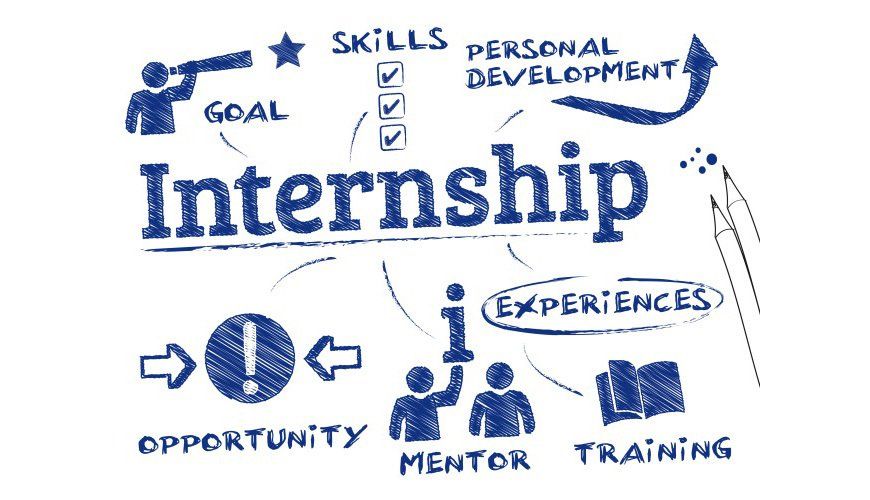Financial Challenges for Higher Education
New Title

The coronavirus pandemic has drastically changed the world. Higher education has been one of the most affected spheres so far. While some see the pandemic as a chance for a revolution long-awaited in the academic sphere, others focus their attention on immediate challenges and threats it has brought with it which put a lot of pressure to higher education institutions pushing them on the brink of survival. There are several financial trends to be considered in global higher education during the pandemic.
On the one hand, there are negative consequences like short-term cost increase due to extra-spending and extra-investments. The university administrations have to increase spending on healthcare and student aid fund alongside with the transferring process to online teaching platforms, subsequent training for academic staff and investment on software and other necessities. Due to circumstance that caused by the pandemic many international universities face an unprecedented reduction in revenues, as the number of international students declines sharply. For instance, The American Council on Education predicts that the number of international students in the US will decrease by 25% next year, resulting in a revenue loss for institutions of $23 billion [Hess, 2020]. Moreover, for universities shrinking of such spheres as housing and event hosting in the times of pandemic also contributes heavily to the fall in revenues.
Therefore, many universities have already acknowledged the inevitability of temporal and permanent layoffs and other forms of financial conservation. One such example is Stanford University, which has already announced workforce reduction due to financial challenges [Tessier-Lavigne, 2020]. As the wealthiest universities have to implement some program reductions, it is no surprise that numerous smaller schools and colleges have already been closing permanently, even in such a country like the U.S., where the government was able to allocate billions to support the educational system [McLaughlin, 2020].
On the other hand, some believe that the pandemic is a long-awaited chance to address the financial troubles of both universities and students, adopting a more flexible and cost-efficient model in the long-run [Rosensweig, LeBlanc, 2020]. Despite initial cost increases, a 2013 study headed by William Bowen found that for instructor compensation alone the hybrid (online+offline) model saved 36% to 57% over traditional courses enrolling about 40 students per section, and 19% over the large-lecture model [Casement, 2013]. Moreover, there is some evidence supporting the point of view that colleges with a higher share of online students charge lower tuition prices on average, therefore partially transferring the savings created by the model to the students [Deming, Goldin, Katz, Yuchtman, 2015]. However, most online universities support lower tuition costs because they have less property and supporting staff to manage, dramatically lowering their maintenance costs. Besides, such universities don’t have some physical barriers in education, for instance, they are not constrained by the audience sizes for their classes. This model is not an option for most of the current traditional universities, possessing large campuses, land, and supporting specialists. The traditional role of such assets together with the uncertainty about the end of the corona crisis make any decision altering their usage unlikely. It is almost impossible to imagine most of the traditional universities, especially the bigger ones, abandoning or reinventing the use of their buildings and land, permanently laying off most of their supporting staff. Therefore, it is rational to expect that most of the traditional universities will only temporarily switch to an online model or create some sort of a hybrid model, with low chances for a significant cost-reduction, as these universities will carry the additional costs, while experiencing the revenue drop, with almost no permanent cost-cutting. Nevertheless, it is to remember that such factors as the longevity of the pandemic, effectiveness of a vaccine, and the changes in the behavior of students (i.e., mass switch of purchasing patterns from offline to online) may trigger the wider scale changes.
Start Your Path to Financial Independence Today!
CONTACT US
coach@educationblossom.com
JOIN OUR MONTHLY NEWSLETTER
Contact Us
We will get back to you as soon as possible.
Please try again later.




